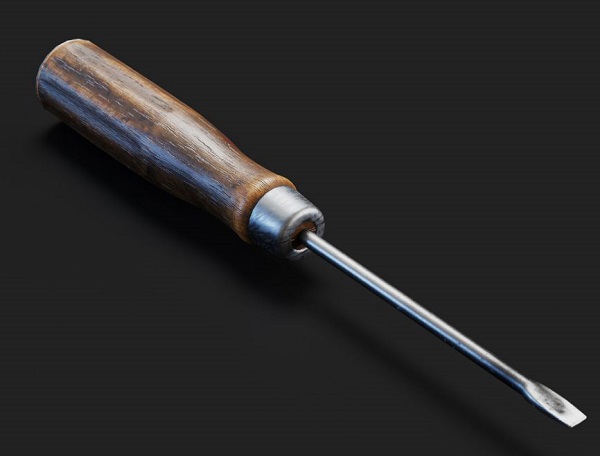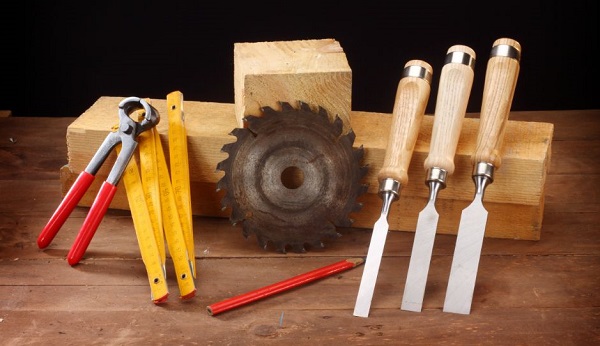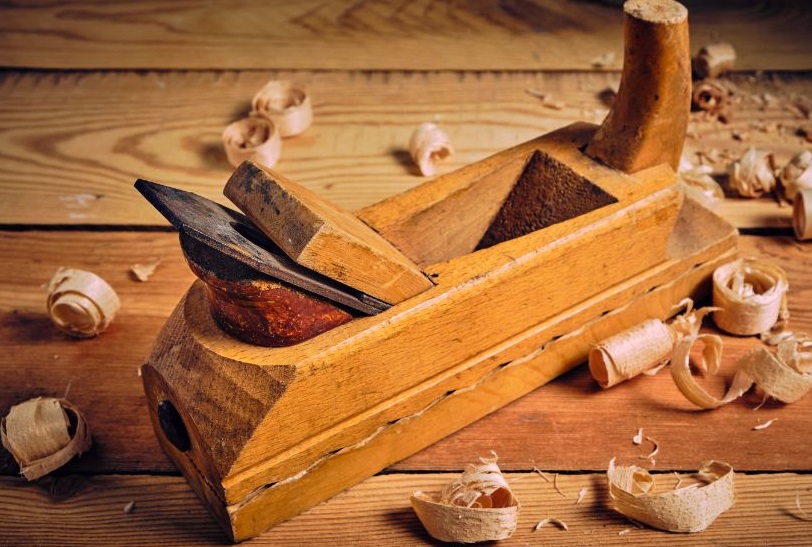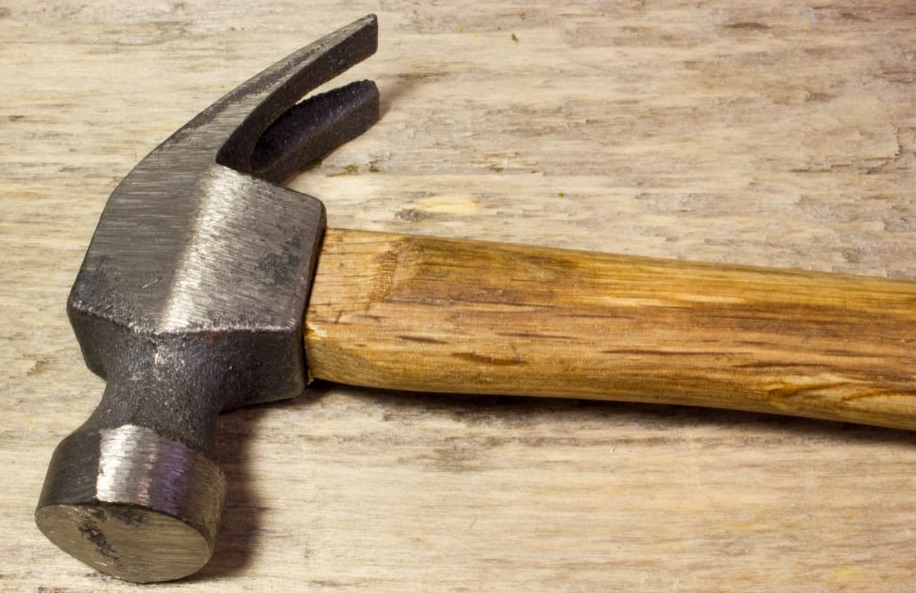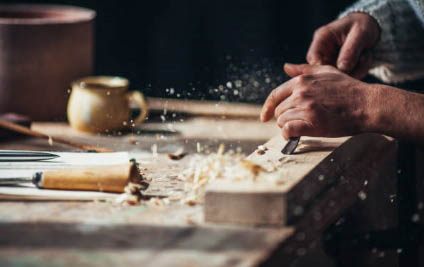Modern carpenters tools
Modern Carpenter’s Tools: Enhancing Precision and Efficiency
In the realm of carpentry, precision and efficiency are paramount. Over the years, advancements in technology have revolutionized the tools available to carpenters, allowing them to work with greater accuracy and speed. From power tools to innovative measuring devices, modern carpenters have an array of instruments at their disposal to tackle any project with finesse. Let’s delve into some of these modern carpenter’s tools that have transformed the craft.
- Cordless Power Drills: Gone are the days of tethering yourself to a power outlet. Cordless power drills have liberated carpenters, allowing them to work freely without worrying about cords tangling or limited reach. With lithium-ion batteries powering these drills, they offer extended runtime and quick recharging capabilities. Whether it’s drilling holes or driving screws, cordless power drills provide the necessary torque and speed to get the job done efficiently.
- Compound Miter Saw: A staple in any carpenter’s workshop, the compound miter saw offers precise angled cuts for molding, framing, and trim work. Its ability to tilt both horizontally and vertically enables carpenters to make complex cuts with ease. With features like laser guides and digital displays, modern compound miter saws ensure accuracy while saving time on measurements and adjustments.
- Random Orbital Sander: Achieving a smooth finish is essential in carpentry, and the random orbital sander delivers just that. Unlike traditional sanders, the random orbital motion prevents swirl marks, resulting in a flawless surface. With variable speed settings and dust collection systems, modern orbital sanders enhance efficiency while minimizing cleanup time.
- Digital Laser Level: Say goodbye to bubble levels and manual adjustments. Digital laser levels have simplified the process of aligning and leveling surfaces. By projecting a laser beam onto the work surface, carpenters can achieve precise measurements with minimal effort. Some models even feature remote control functionality, allowing adjustments from a distance, further streamlining the leveling process.
- Pocket Hole Jig: Joinery is a fundamental aspect of carpentry, and the pocket hole jig makes it easier than ever. By drilling angled holes and using specialized screws, carpenters can create strong and concealed joints for various woodworking projects. With adjustable settings and built-in clamps, modern pocket hole jigs ensure consistency and accuracy in joinery work.
- Track Saw: Offering the precision of a table saw in a portable package, the track saw is a game-changer for carpenters working on large panels or sheet goods. Guided by an aluminum track, the saw delivers straight and splinter-free cuts with ease. Its compact design and plunge-cutting capability make it ideal for jobsite use, allowing carpenters to tackle a wide range of cutting tasks with precision and efficiency.
- Digital Angle Finder: Accurately measuring angles is crucial in carpentry, and the digital angle finder simplifies this task. By precisely determining angles and bevels, carpenters can ensure the perfect fit for joints and corners. With features like hold function and clear LCD displays, modern digital angle finders offer convenience and accuracy in angle measurement.

- Pneumatic Nail Gun: Speeding up the fastening process, pneumatic nail guns have become indispensable tools for carpenters. Whether it’s framing, trim work, or decking, these guns drive nails with speed and consistency, saving valuable time on manual hammering. With ergonomic designs and adjustable depth settings, modern pneumatic nail guns provide both efficiency and precision in fastening applications.
- Digital Caliper: When precision is paramount, a digital caliper is a carpenter’s best friend. Whether measuring thickness, depth, or inside/outside dimensions, digital calipers provide accurate readings at the touch of a button. With features like zero reset and metric/imperial conversion, modern digital calipers offer versatility and ease of use in woodworking projects.
- Bluetooth-Enabled Tools: Embracing the era of smart technology, some modern carpenter’s tools come equipped with Bluetooth connectivity. Whether it’s connecting to a smartphone app for remote control or syncing with other compatible devices, Bluetooth-enabled tools offer enhanced functionality and convenience on the job site.
Modern carpenters are equipped with a plethora of tools that enhance precision, efficiency, and convenience in woodworking projects. From cordless power drills to Bluetooth-enabled devices, these tools reflect the marriage of technology and craftsmanship, empowering carpenters to bring their visions to life with unparalleled accuracy and speed. As technology continues to evolve, so too will the arsenal of tools available to carpenters, ensuring that the craft remains at the forefront of innovation in the construction industry.


